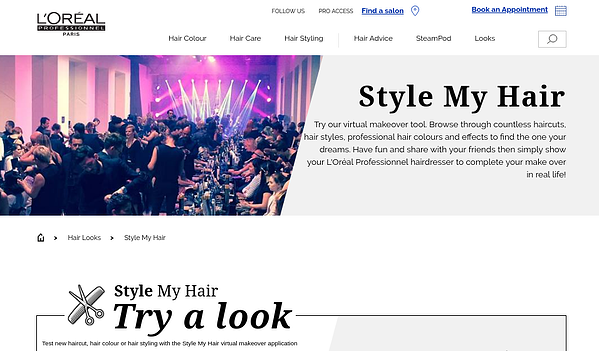How to Use Customer Segmentation to Improve the Performance of Your Marketing Campaigns

By casey
Your audience wants personalized marketing from your business.
In fact, they expect it. According to research, 71 percent of customers expect businesses to send them personalized marketing messages, and 76 percent are disappointed when they receive generic communications instead.
The challenge? If you don’t know your audience, you can’t send them personalized content. You don’t know what matters to them, so you can’t reach them on the right level.
If this dilemma sounds familiar, don’t worry. I have a solution for you, and it’s called customer segmentation. Customer segmentation helps you understand your audience so you can target your marketing campaigns with greater precision. Let me show you how it works.
What Is Customer Segmentation?
Customer segmentation means dividing customers into groups, or “segments,” based on traits they have in common such as age, buying habits, gender, and needs.
Businesses use customer segmentation models to better understand their prospects so they can target them with relevant personalized marketing campaigns including ads, emails, and social media posts.
Customer segmentation isn’t just about reaching a new audience more effectively, though. It’s also a way to reconnect with lapsed customers and encourage new purchases by sending them carefully targeted messages.
Remember, every customer is unique. They each have own buying behaviors and reasons for choosing you over your competitors. While it’s impossible to personalize your marketing to every individual, a customer segmentation strategy is the next best thing.
Why Is Customer Segmentation Important?
For one thing, it helps you improve your customer service. By understanding your customers’ needs and wants, you’re better placed to help solve their problems.
Does customer service matter? Absolutely. Research says one in five customers will abandon a brand after just one poor customer experience, so the more effort you invest in great service, the better.
Similarly, segmenting your audience helps build customer loyalty. How? Because customers are typically more loyal to brands offering personalized messaging—for 79 percent of consumers, the more personalization a company uses, the more loyal they are.
What do loyal and happy customers have in common? They’re more likely to shop with you. By personalizing the shopping experience through segmentation, you create more dedicated customers, so you increase conversions over time.
Not convinced? Well, studies show that over 60 percent of customers are likely to be repeat buyers after a personalized shopping experience, so the stats speak for themselves.
Customer Segmentation Models
You can use various customer segmentation models, depending on your business needs and marketing goals. Here’s a look at seven of the most common models.
1. Demographic Segmentation Model
Demographic segmentation means dividing …read more
Source:: Kiss Metrics Blog










